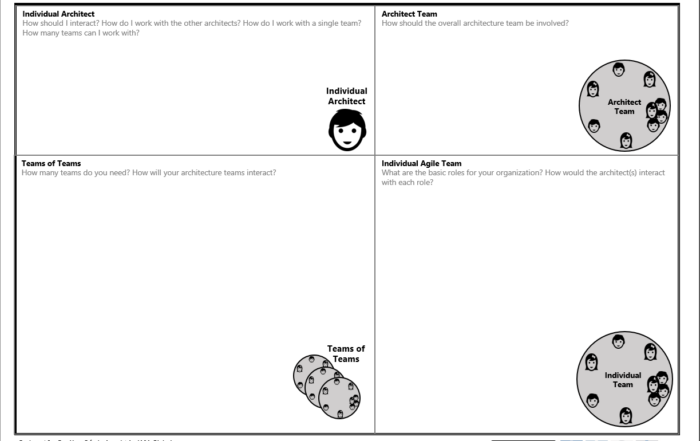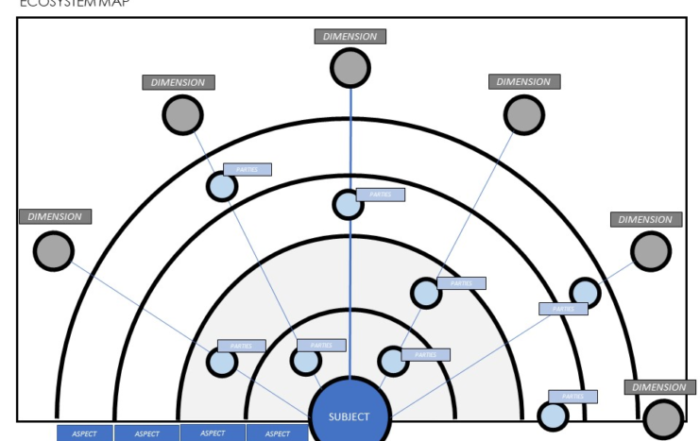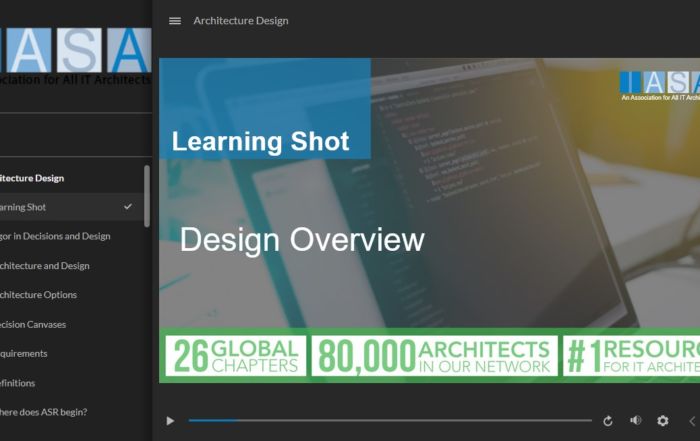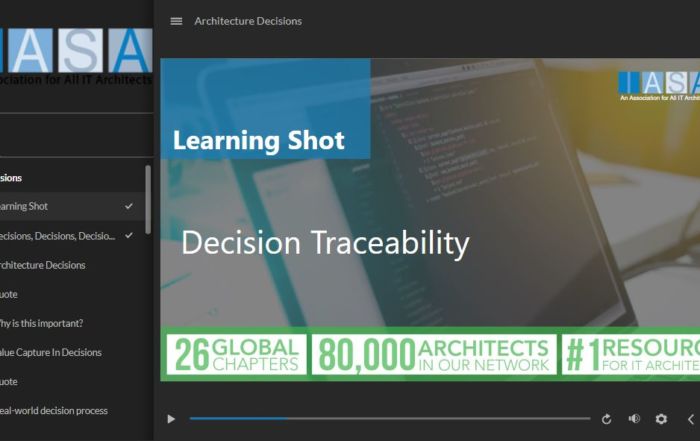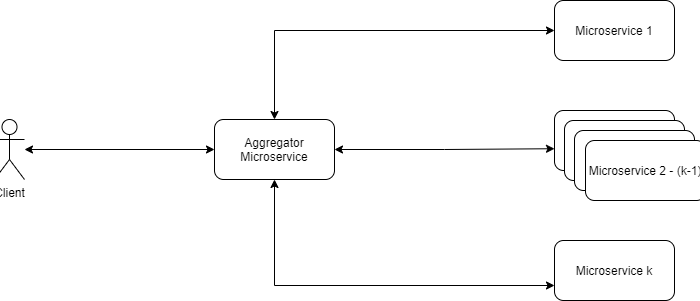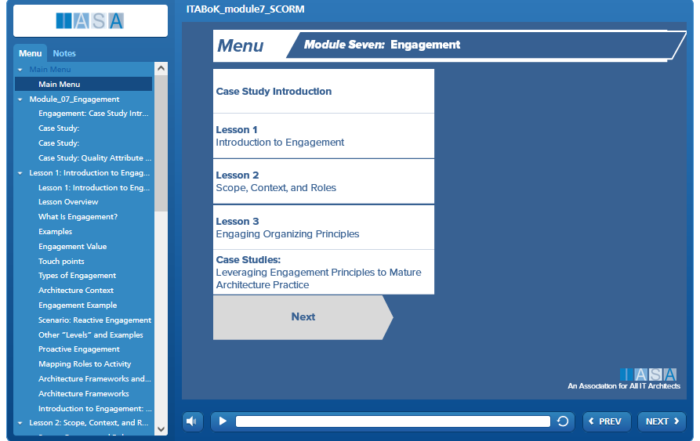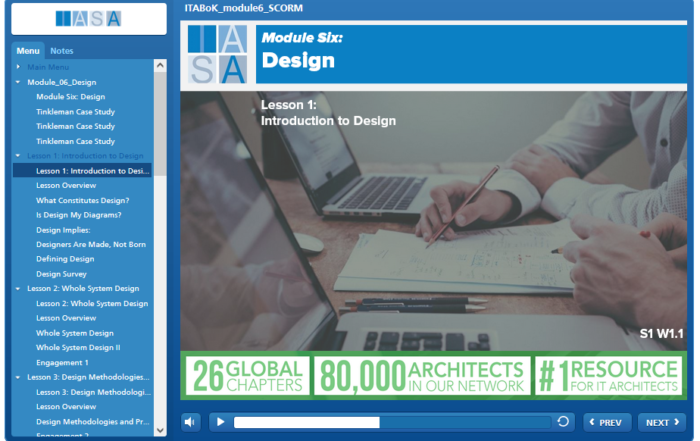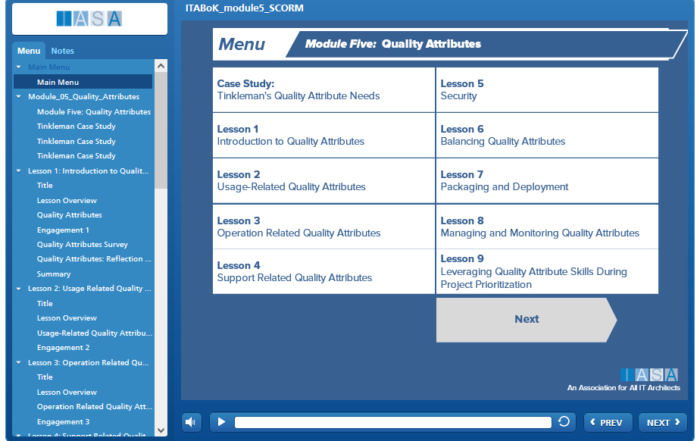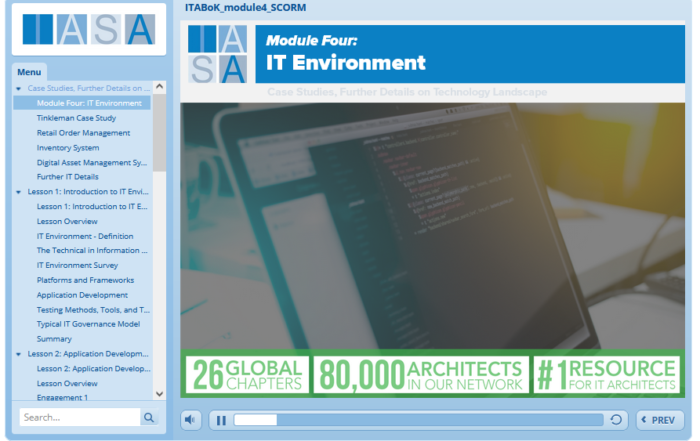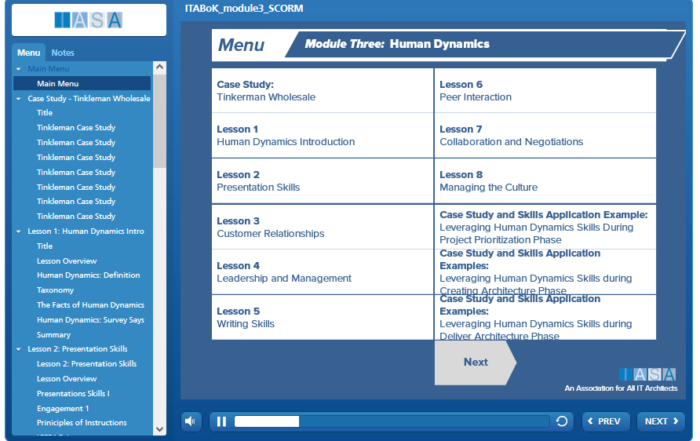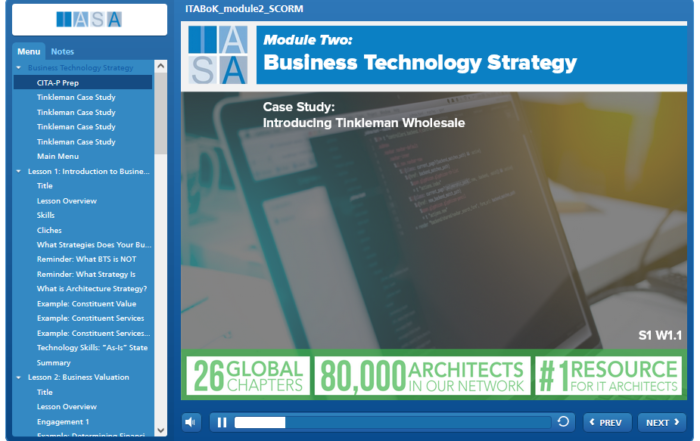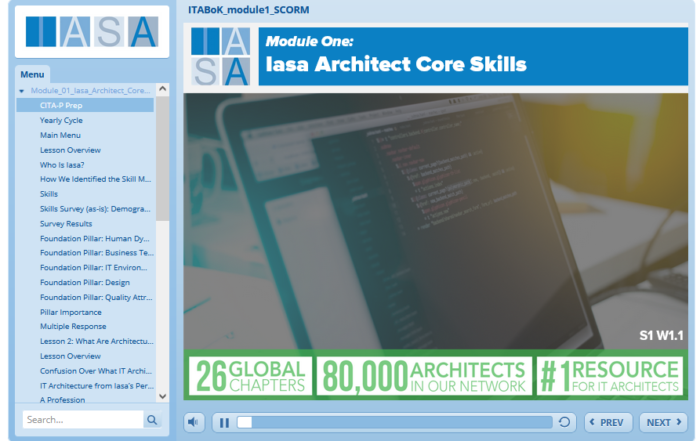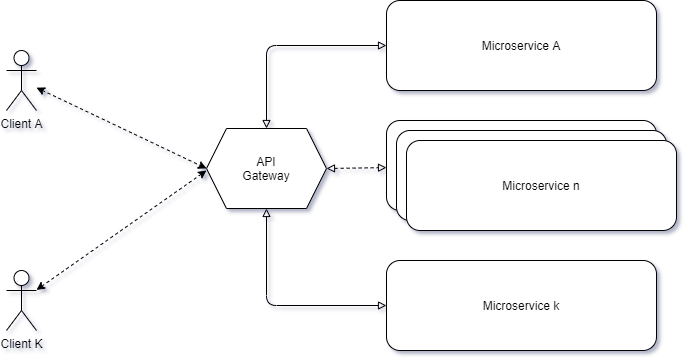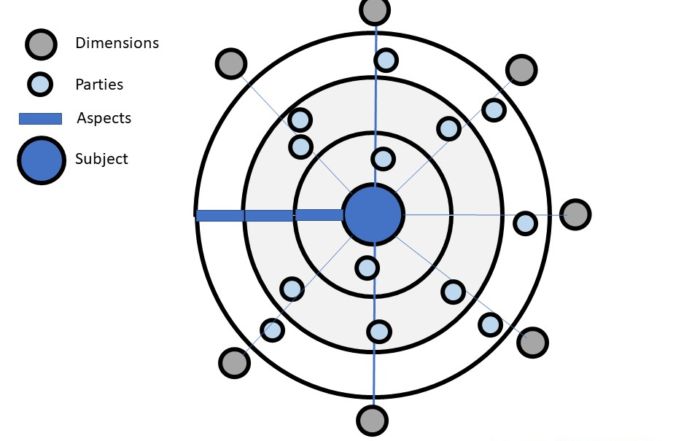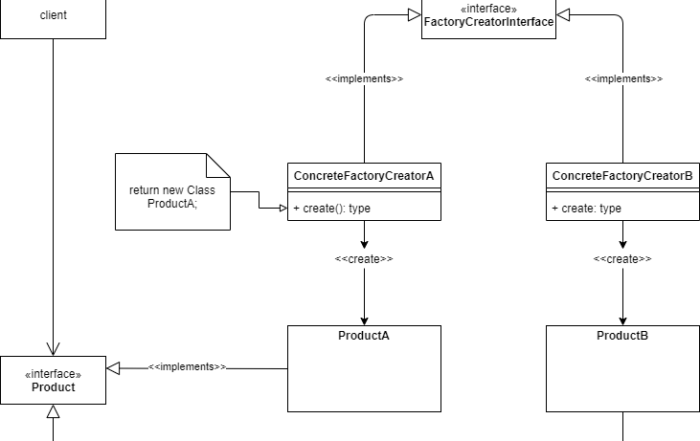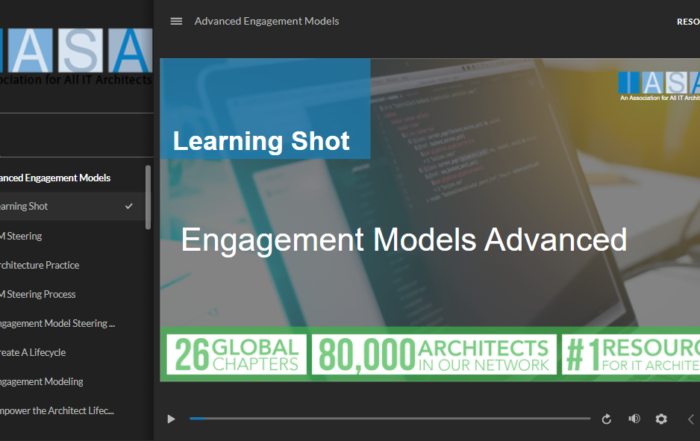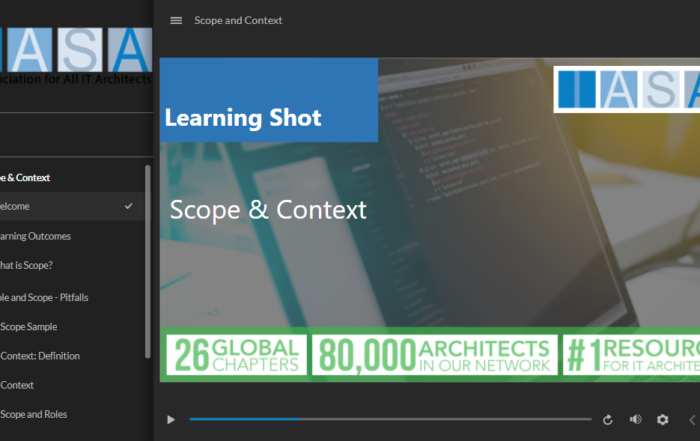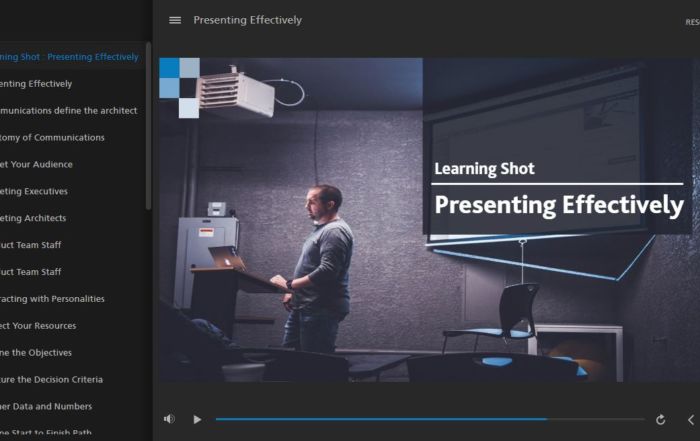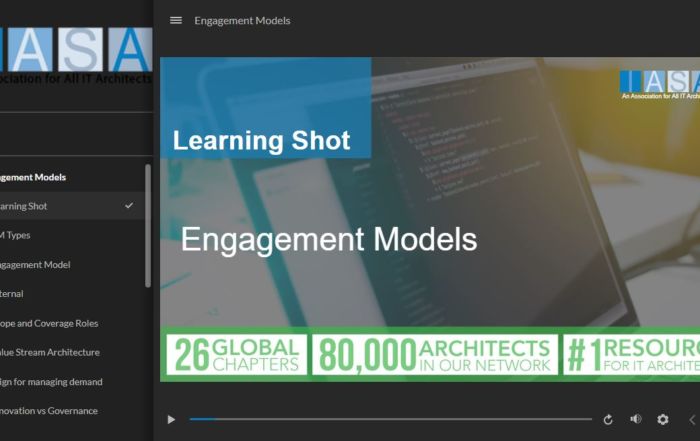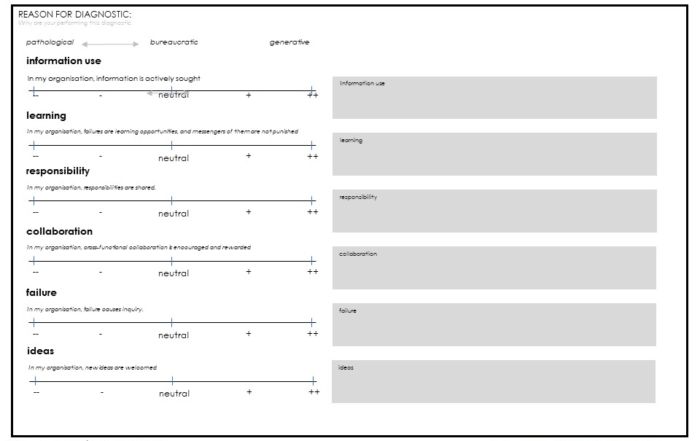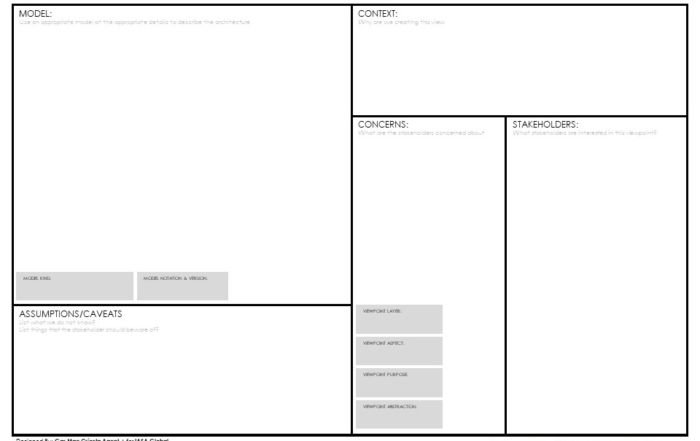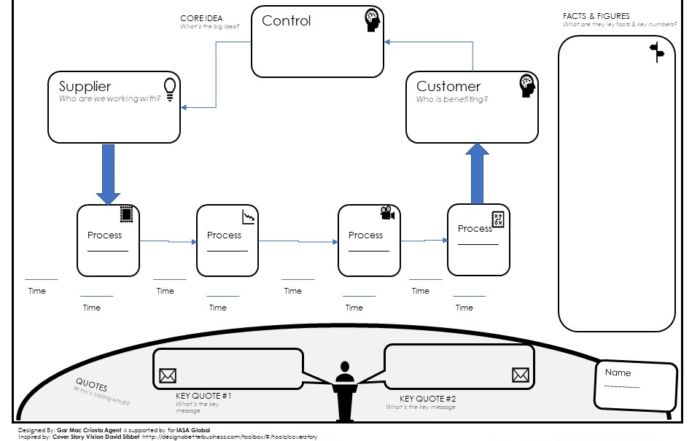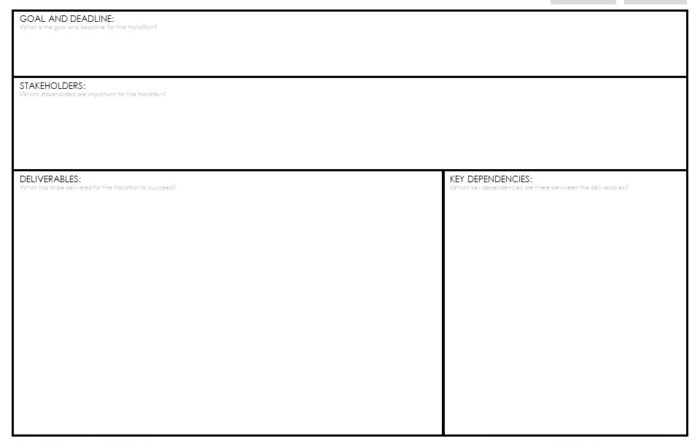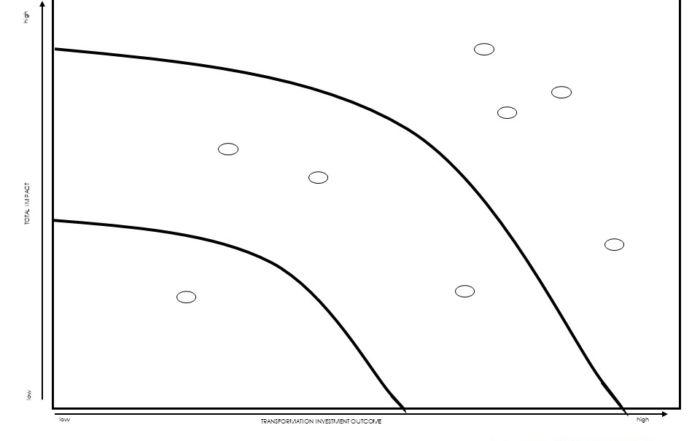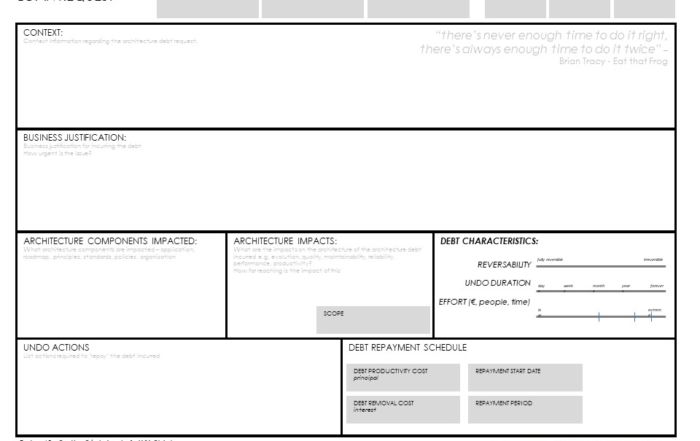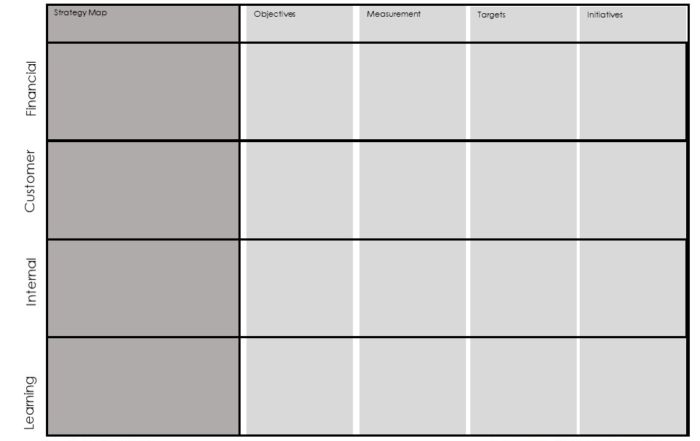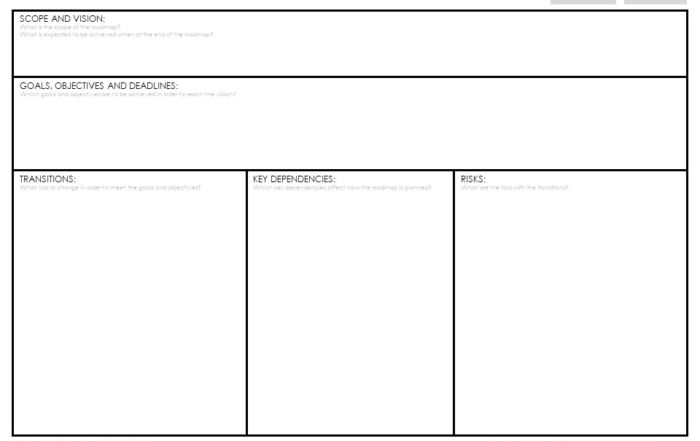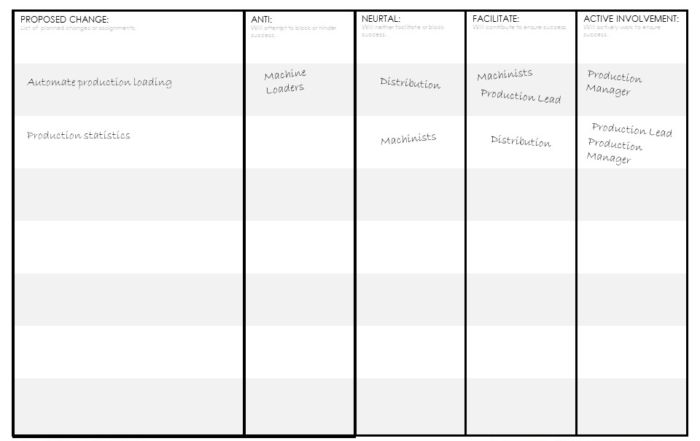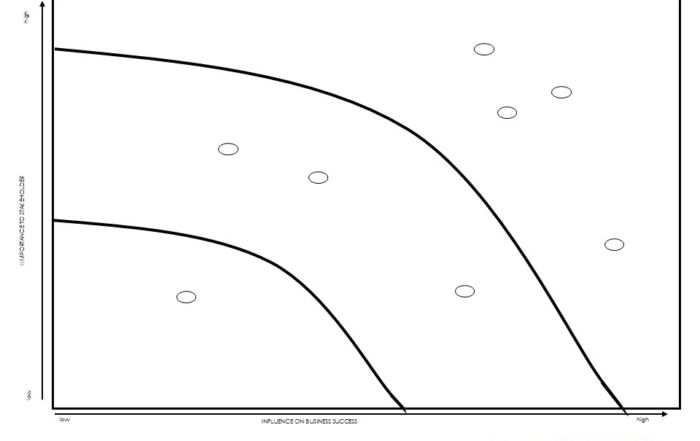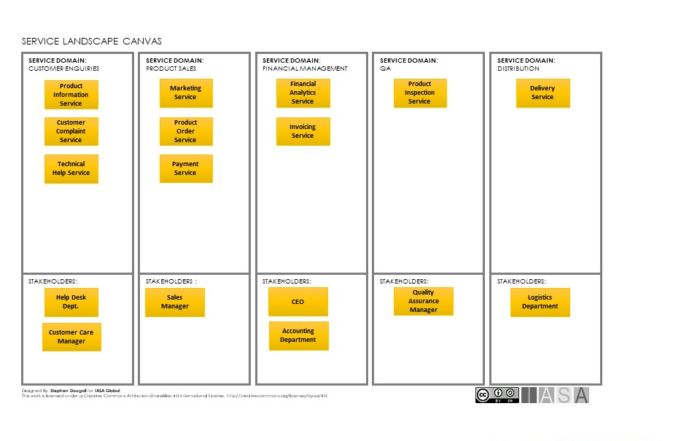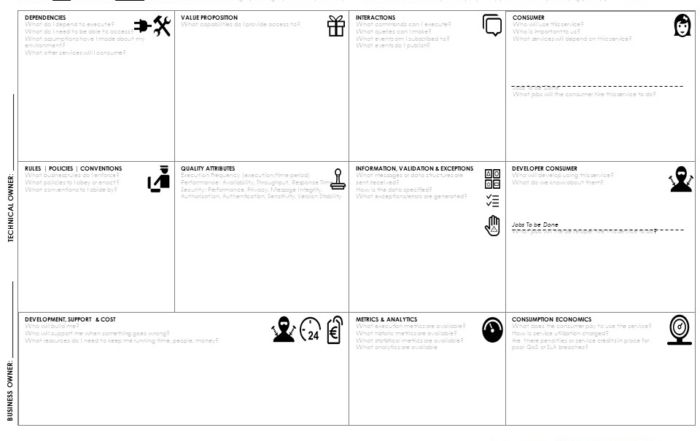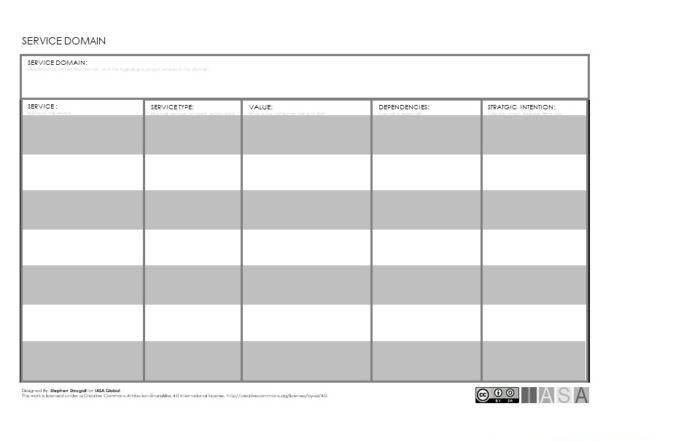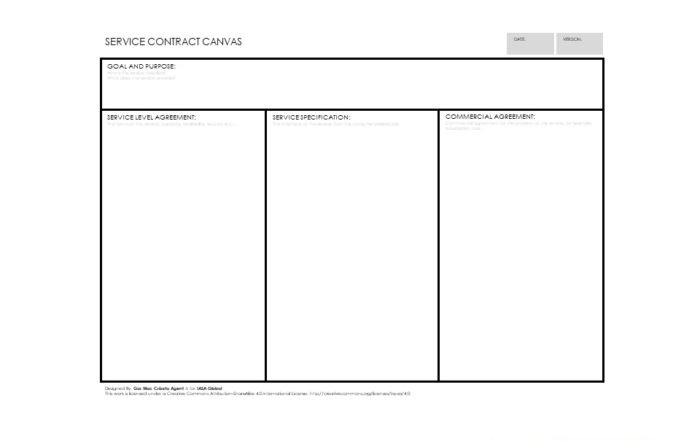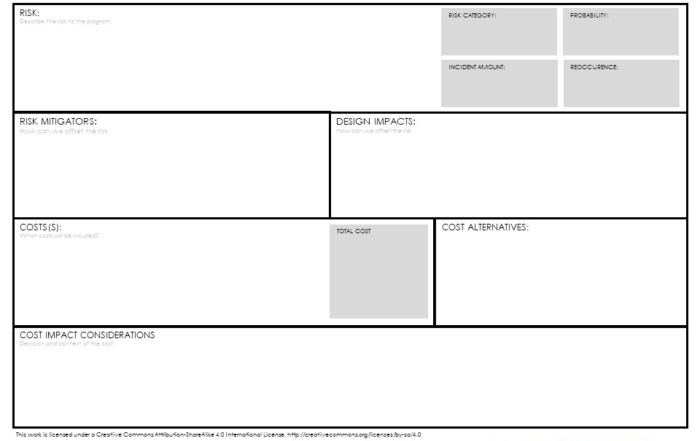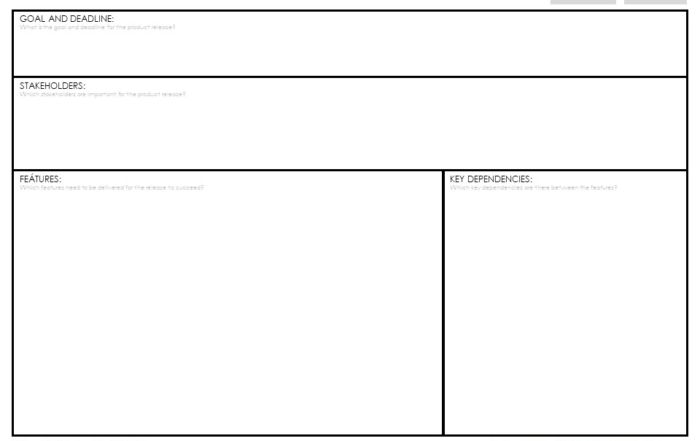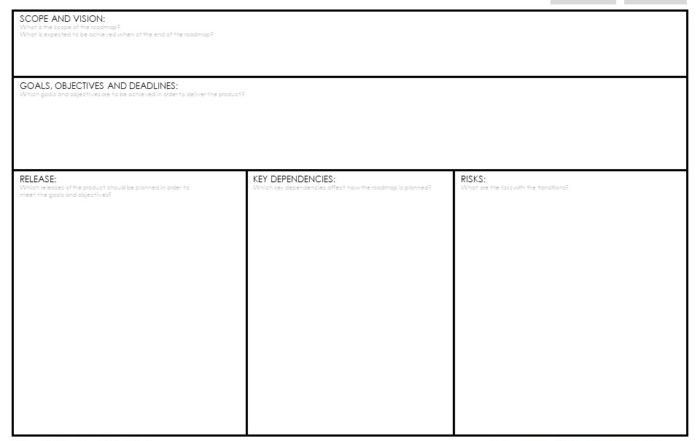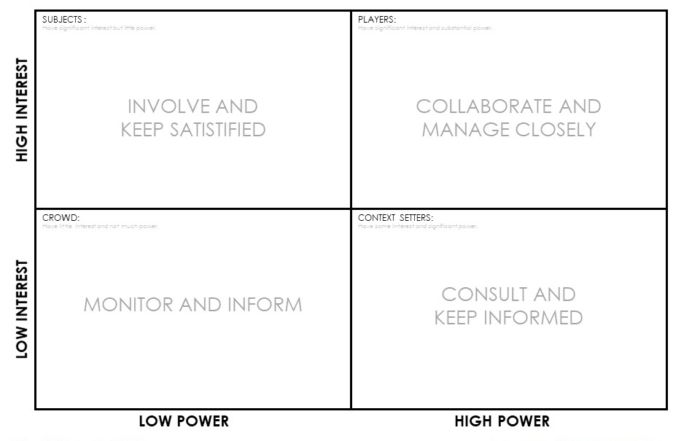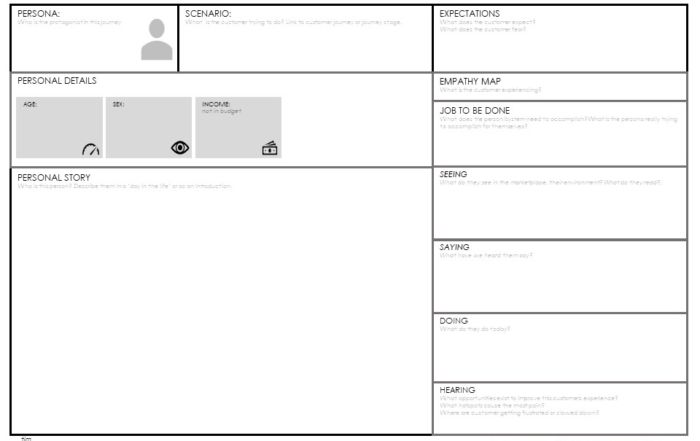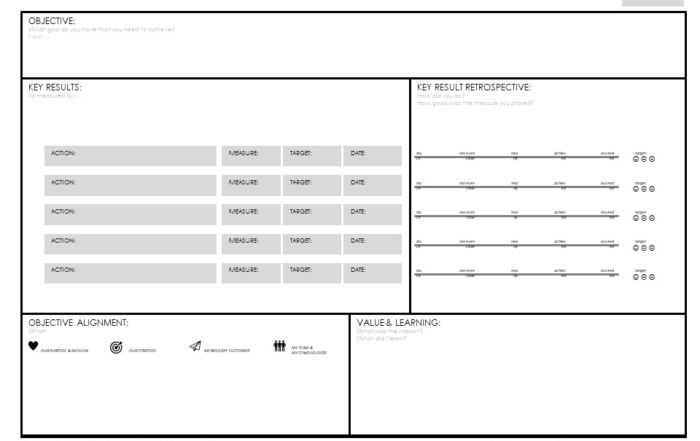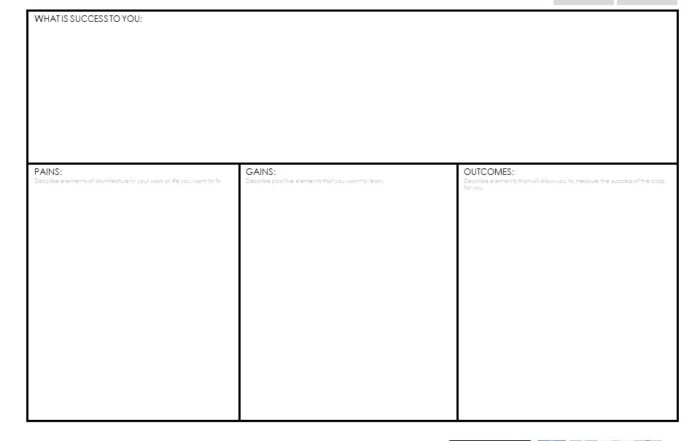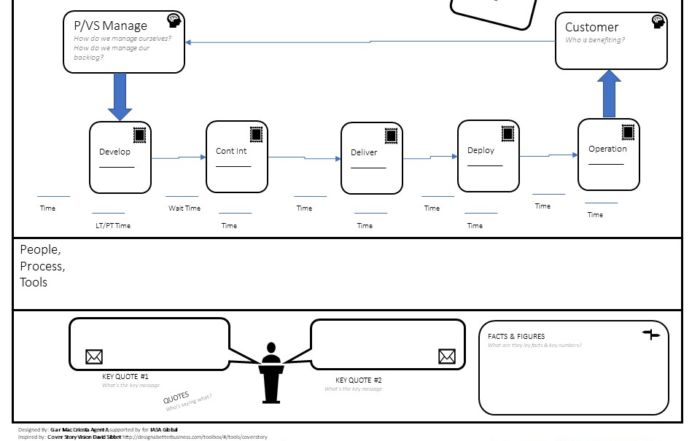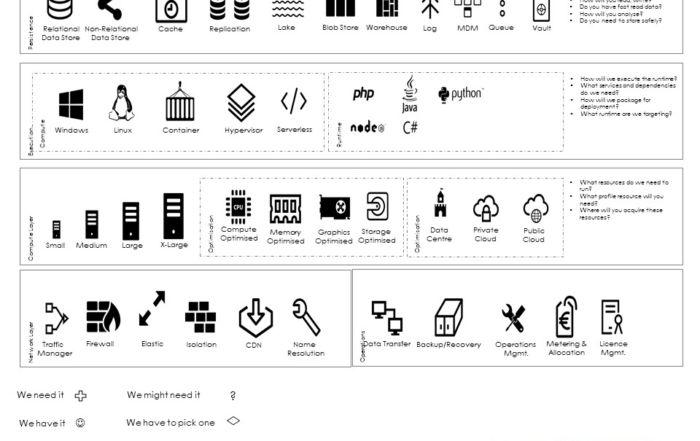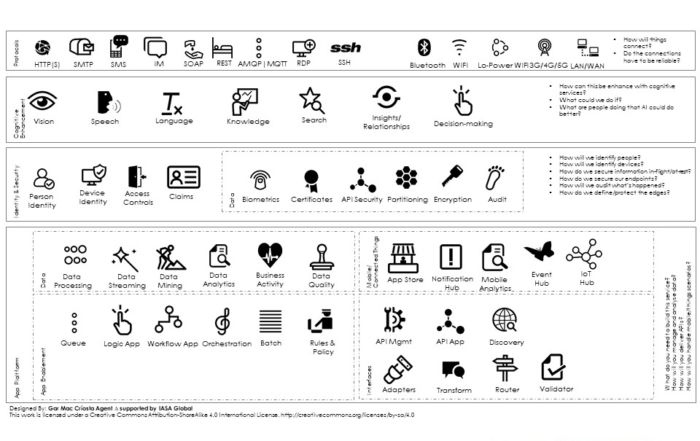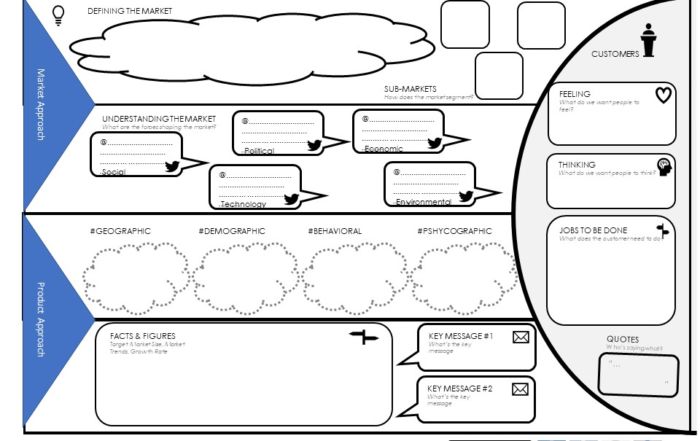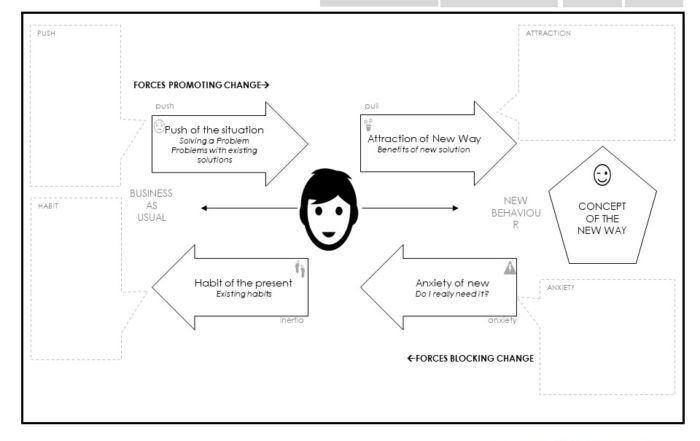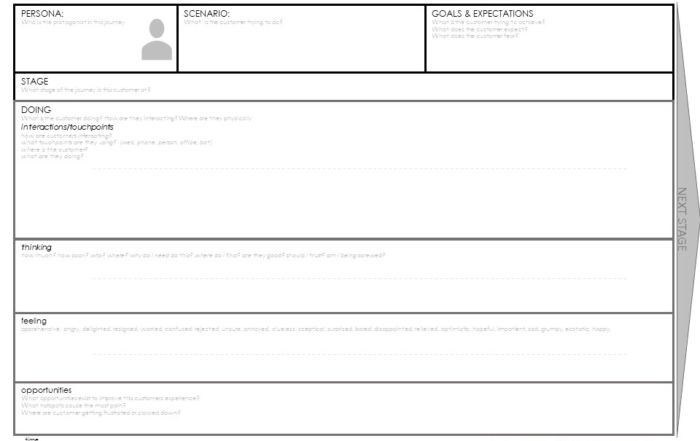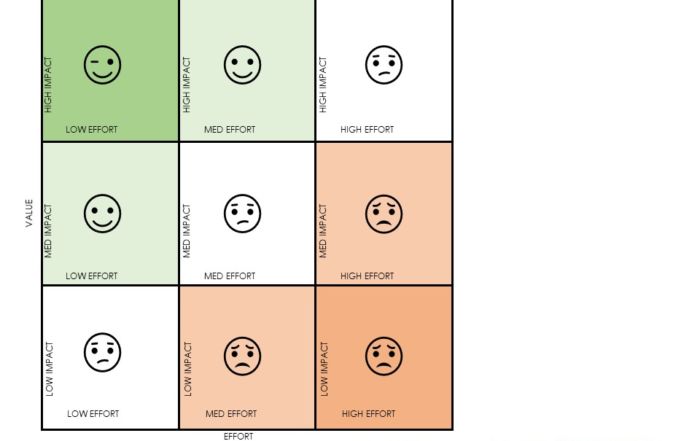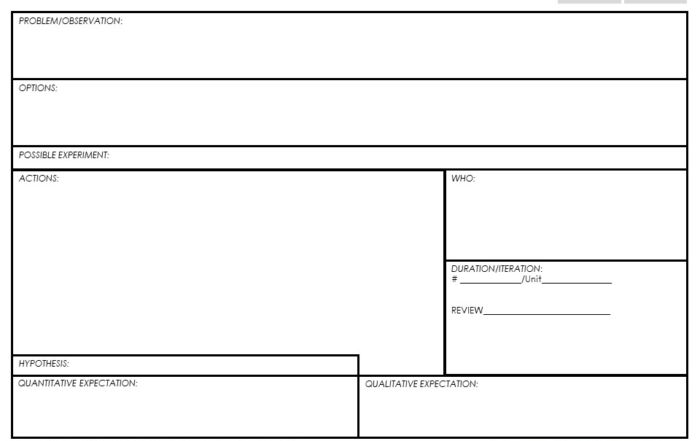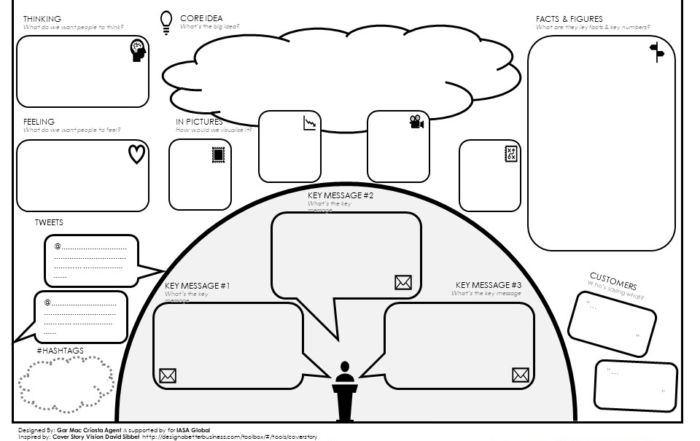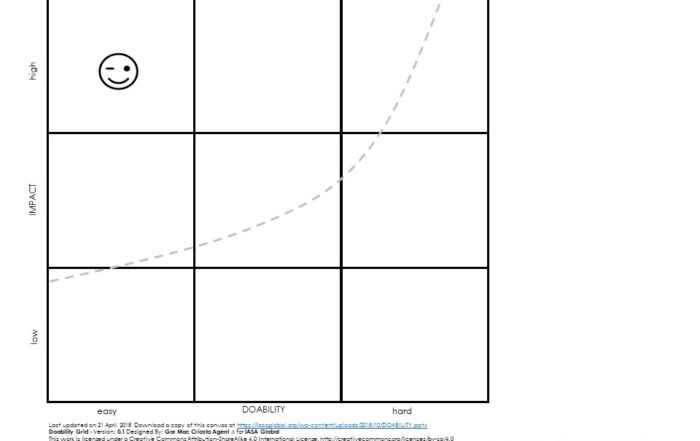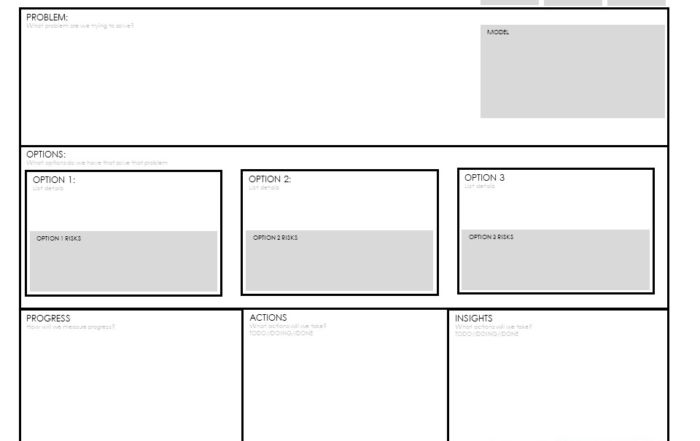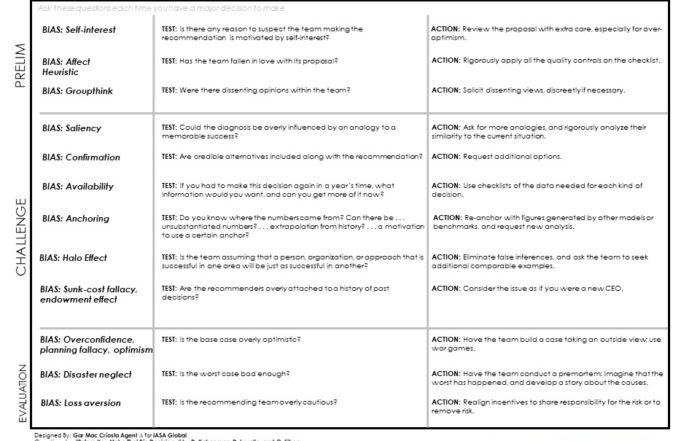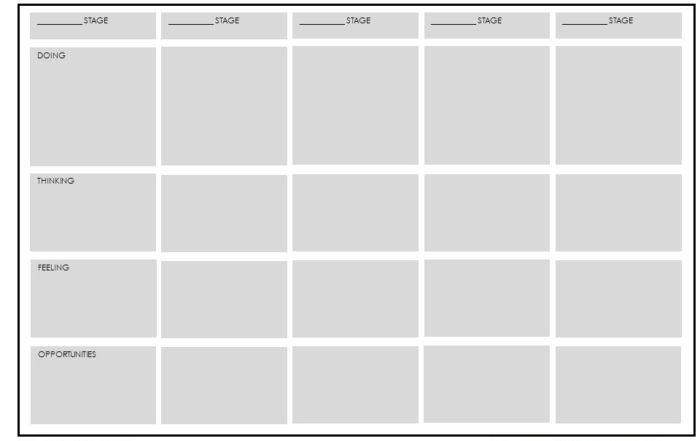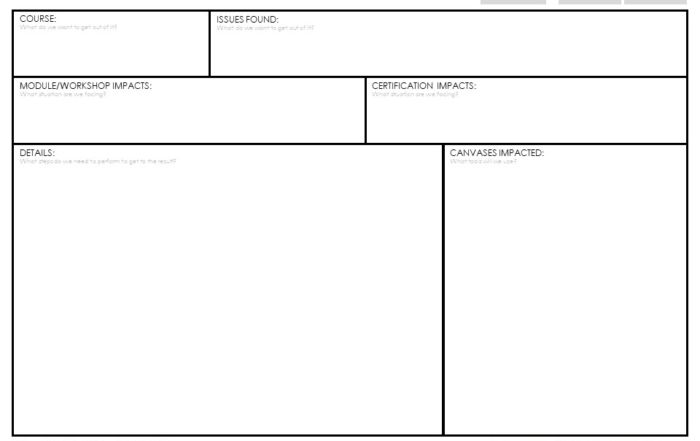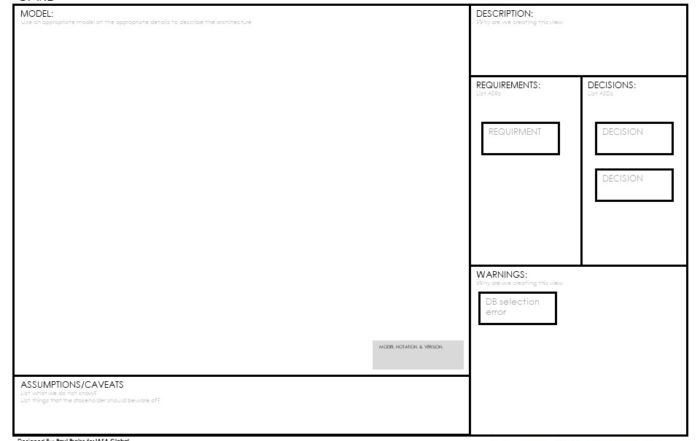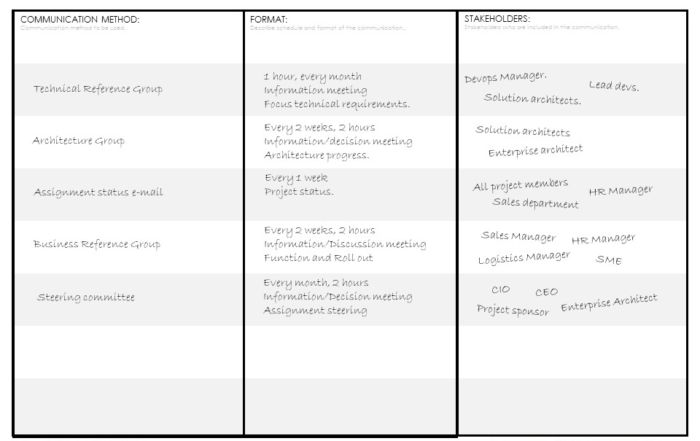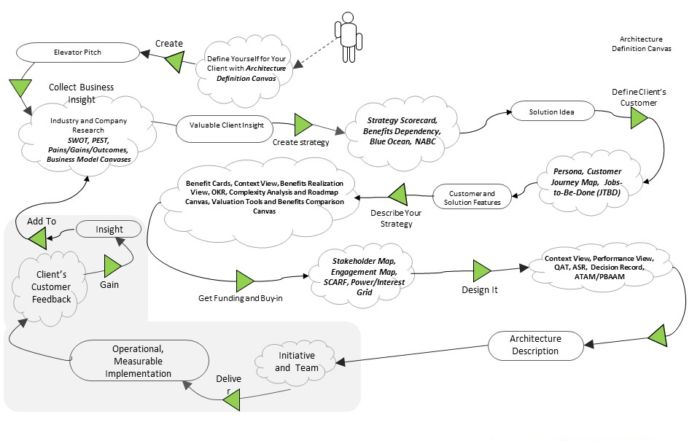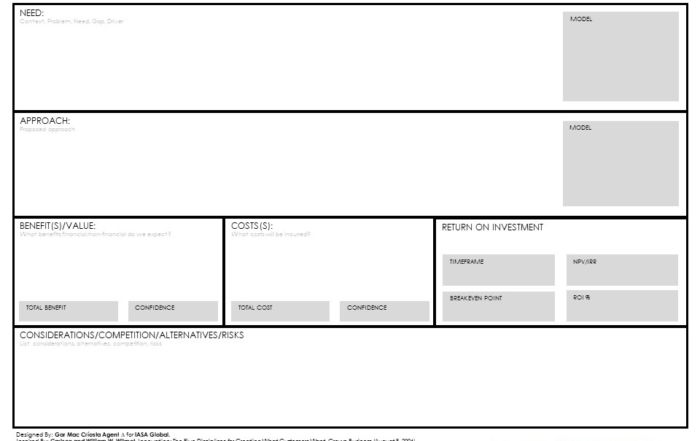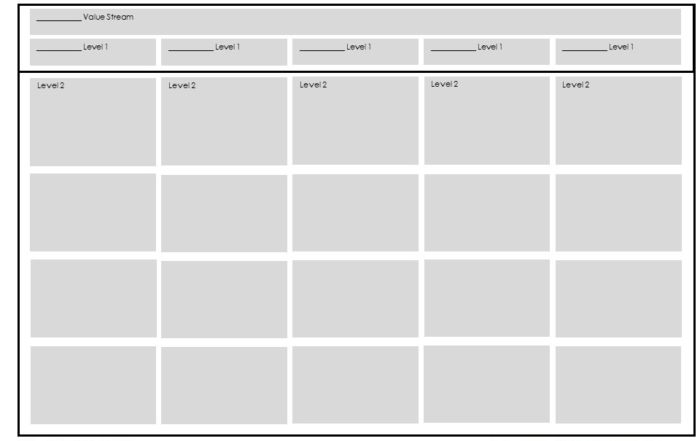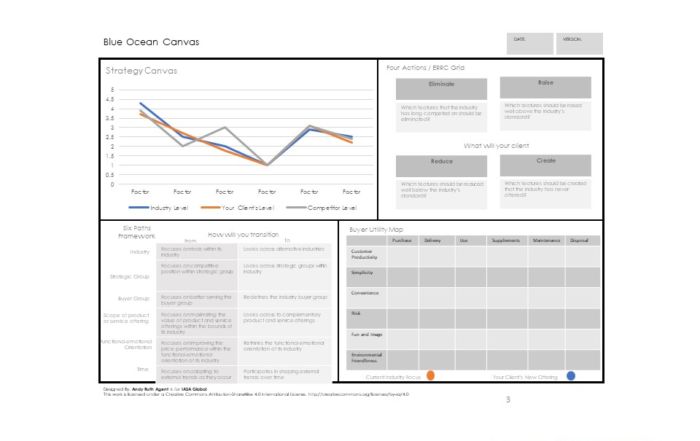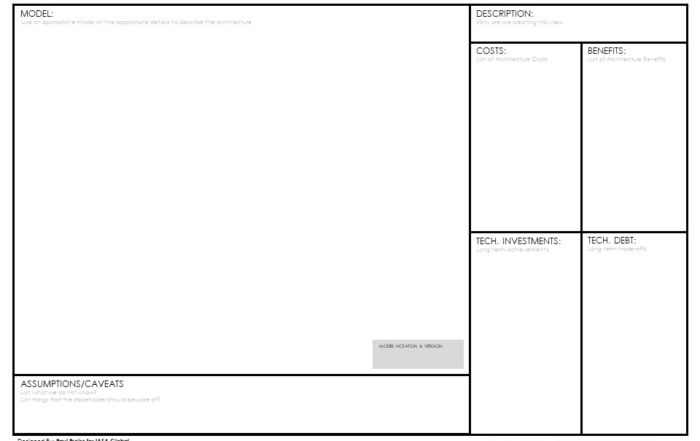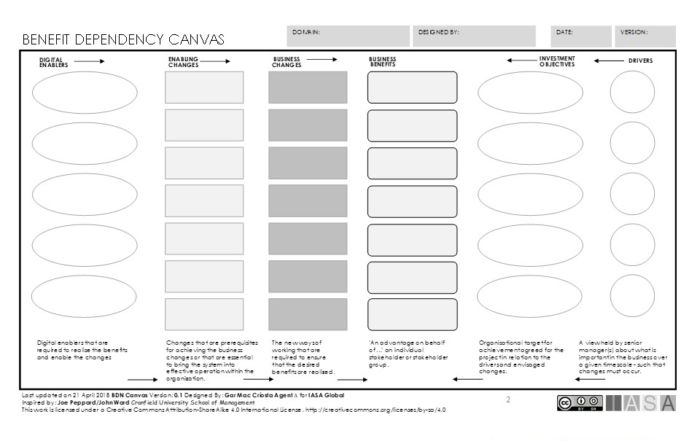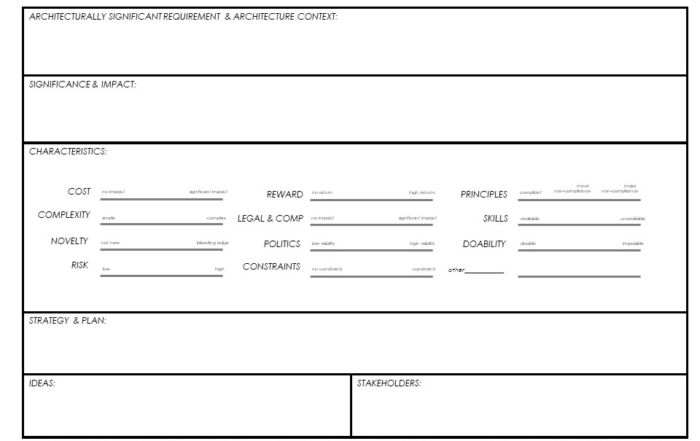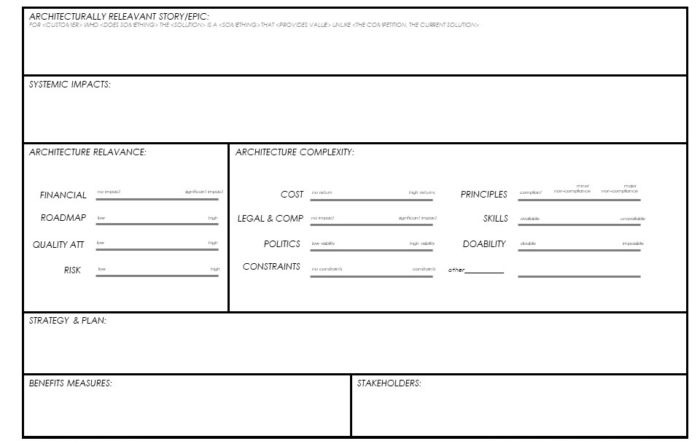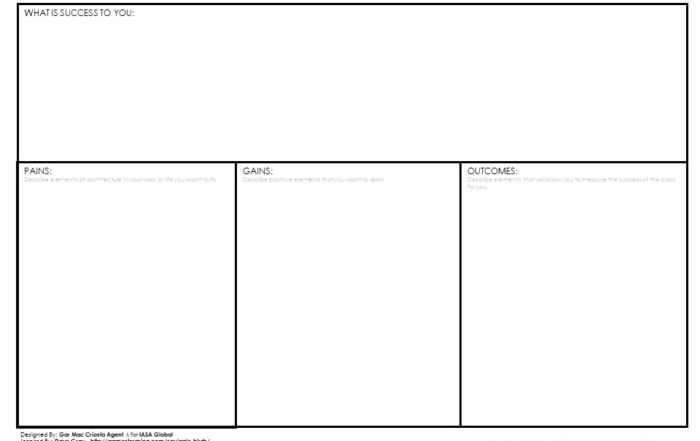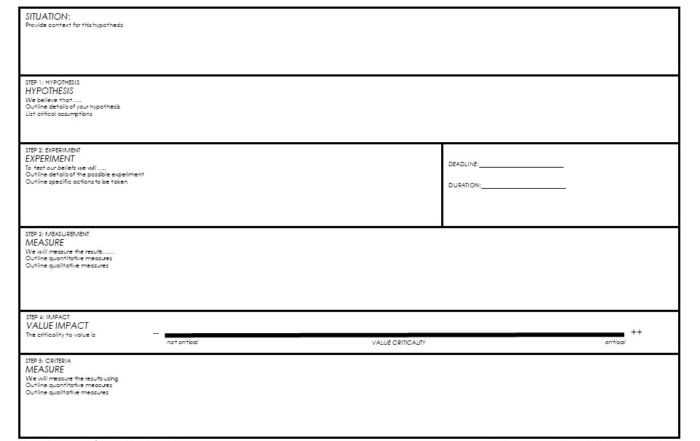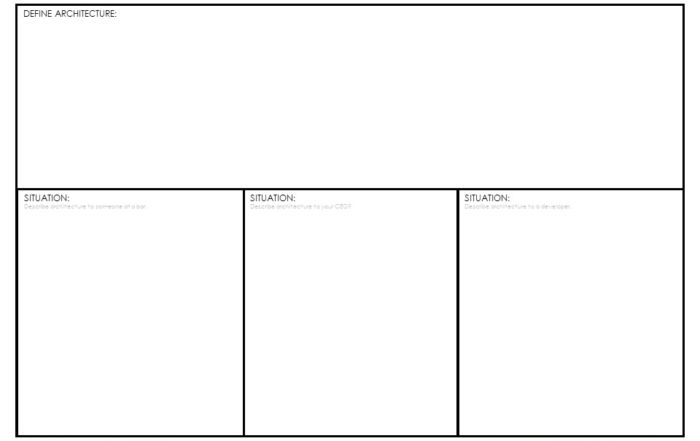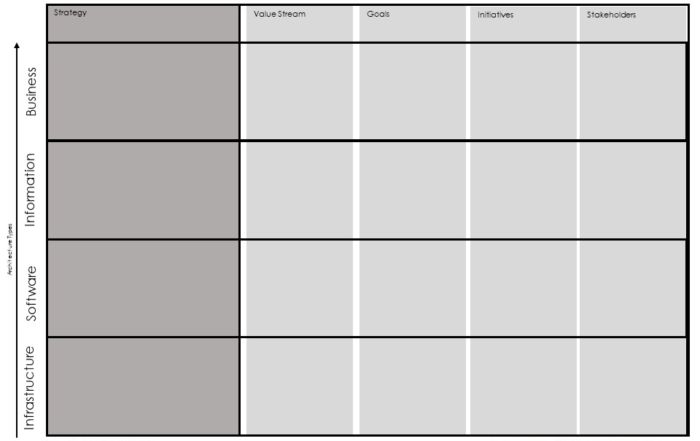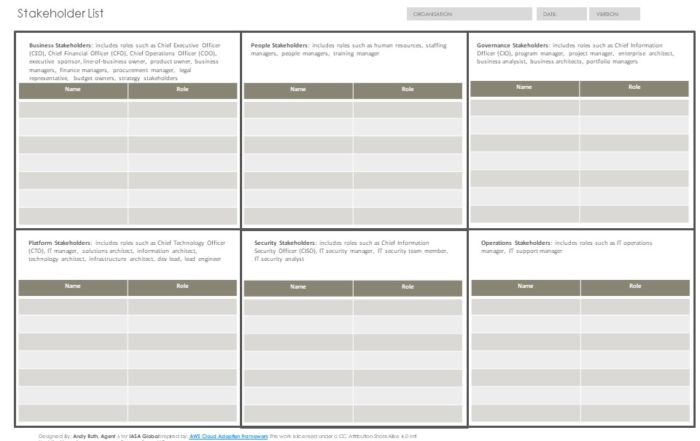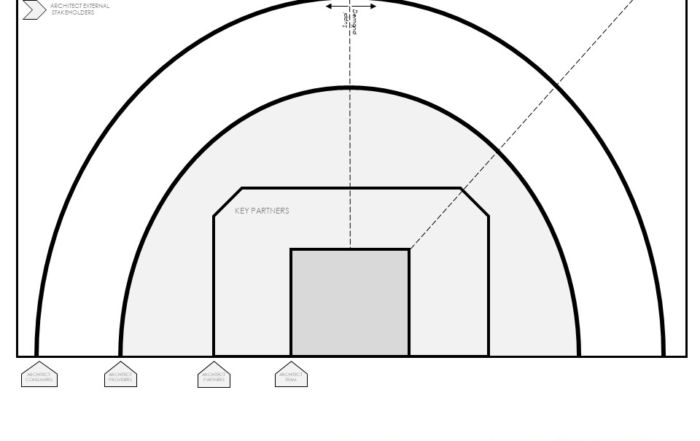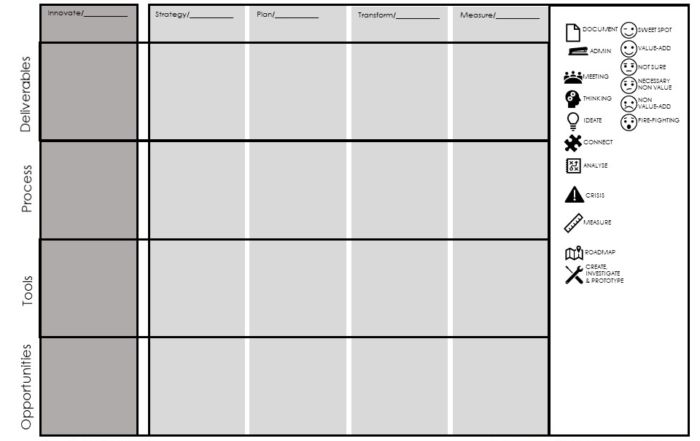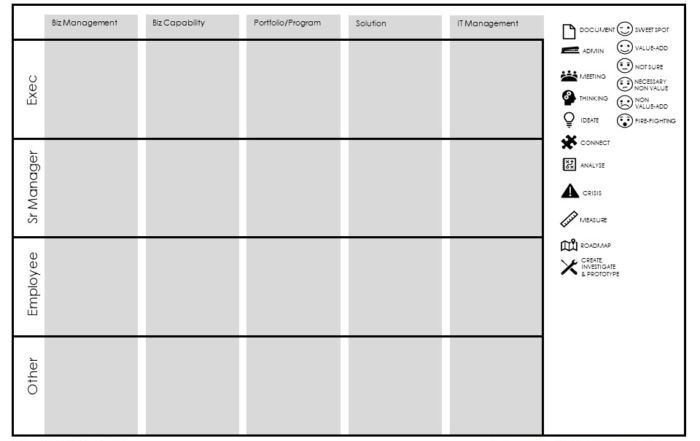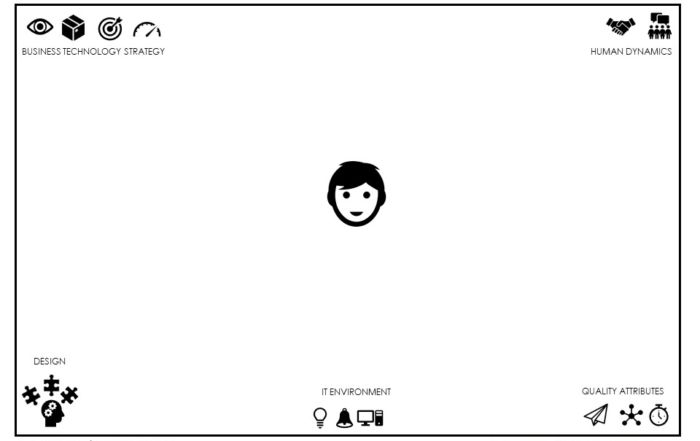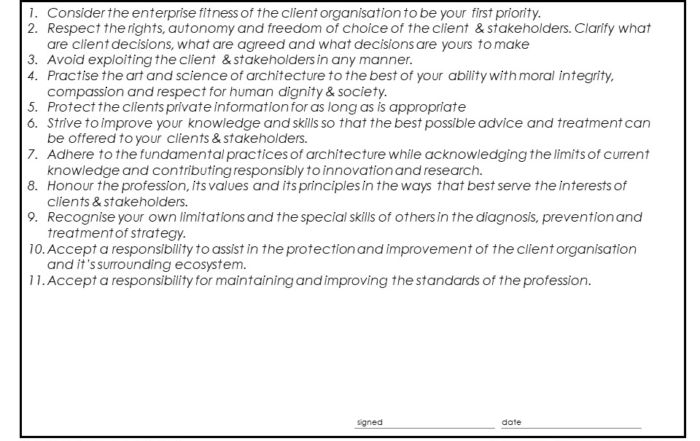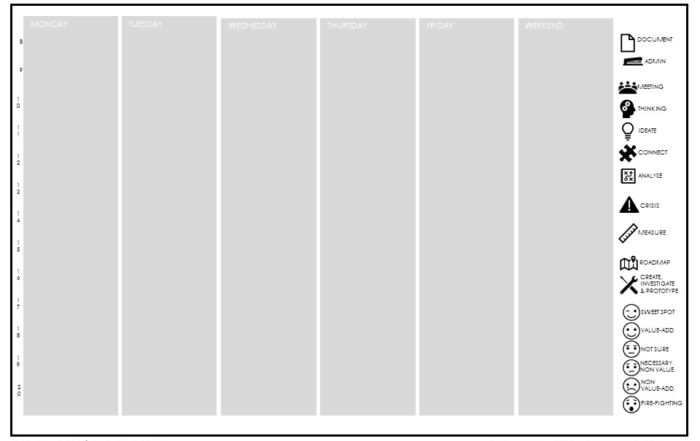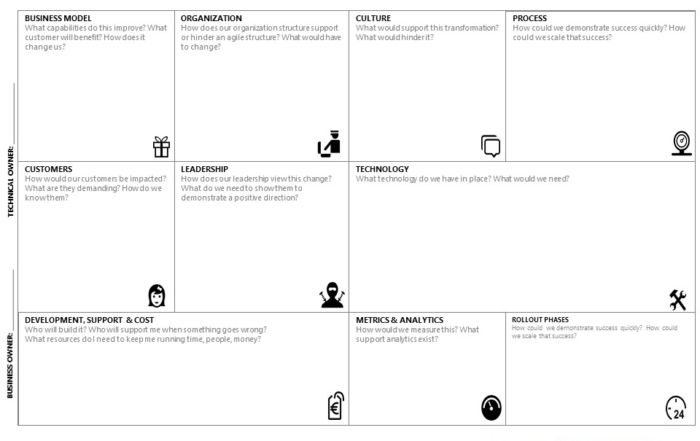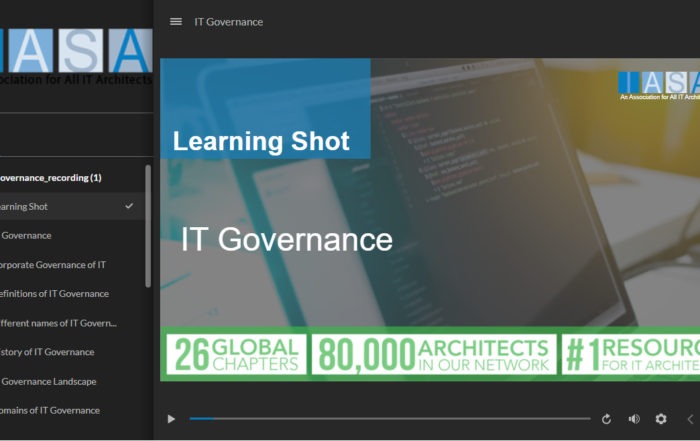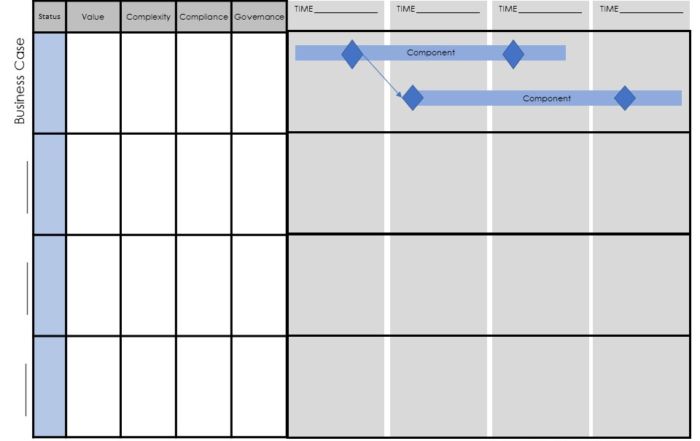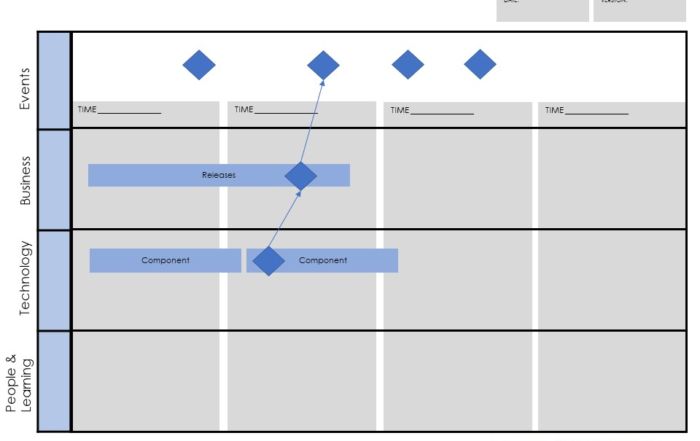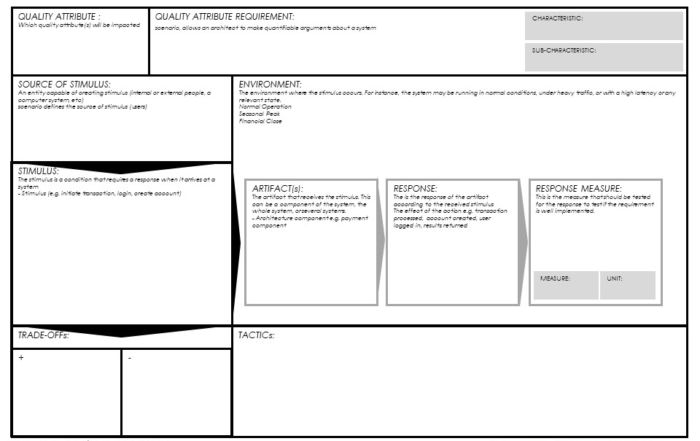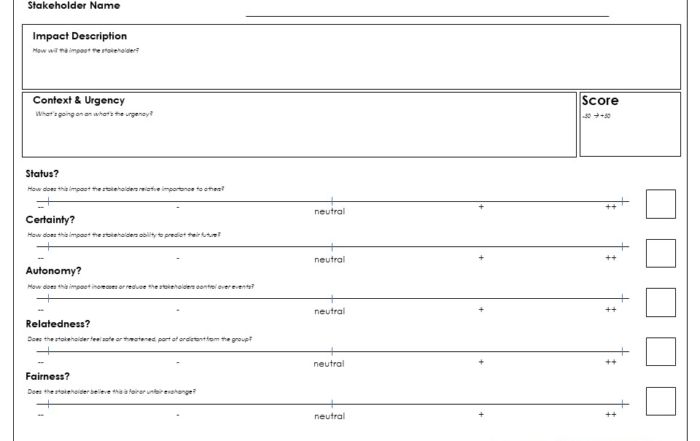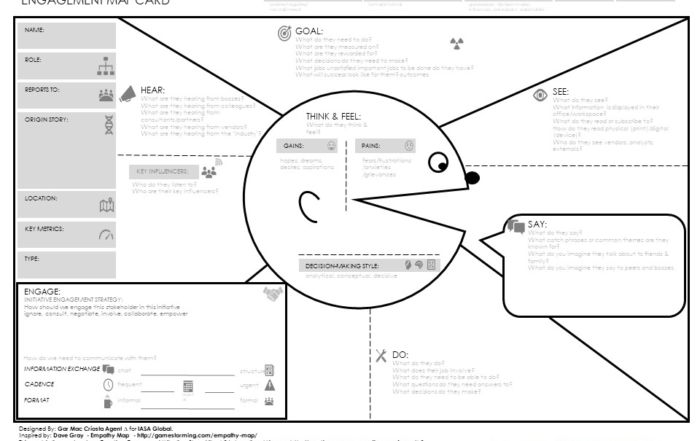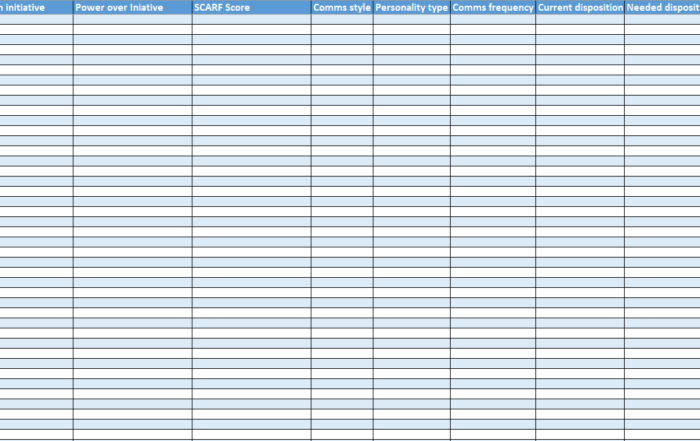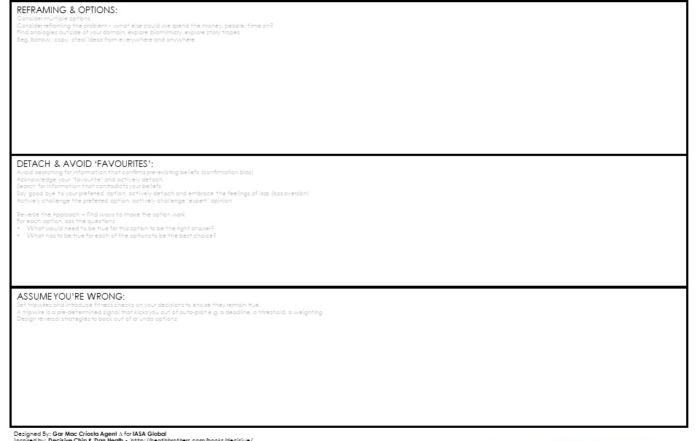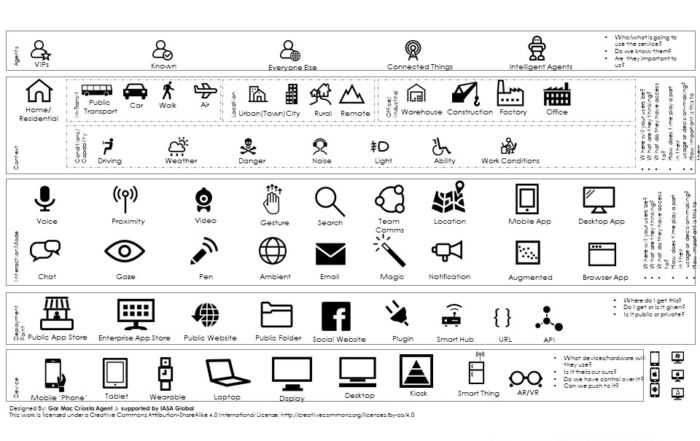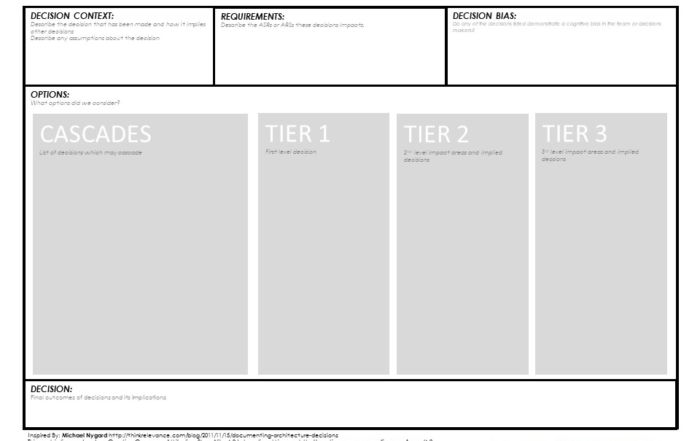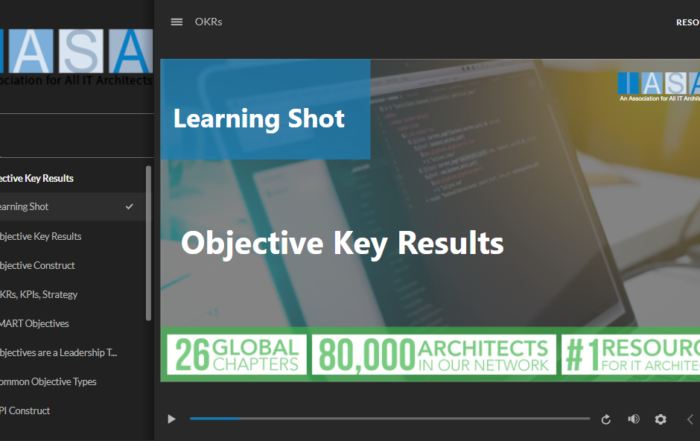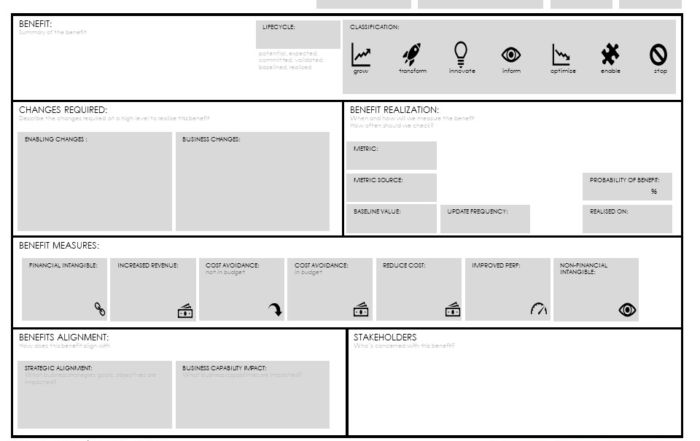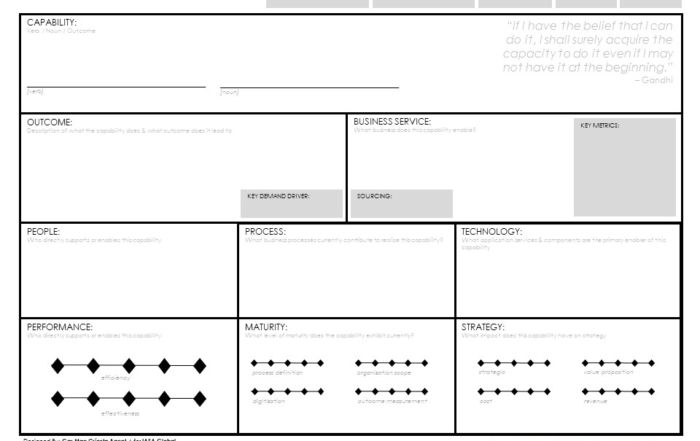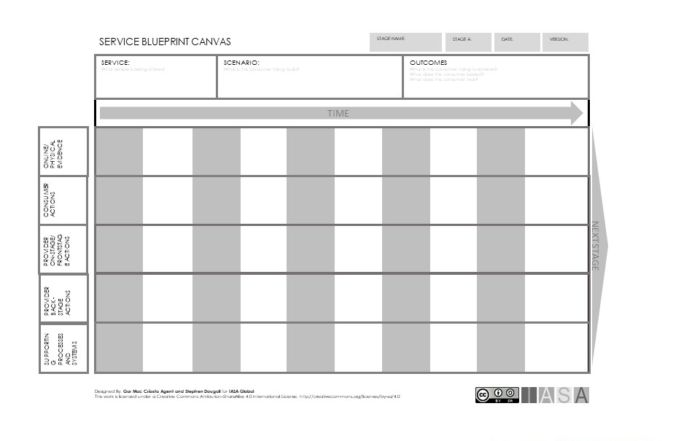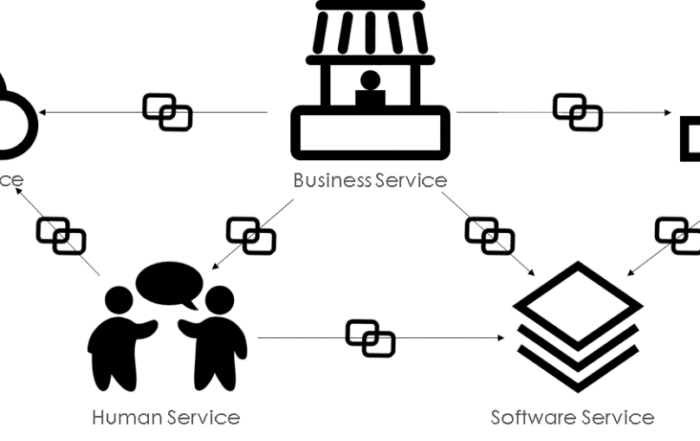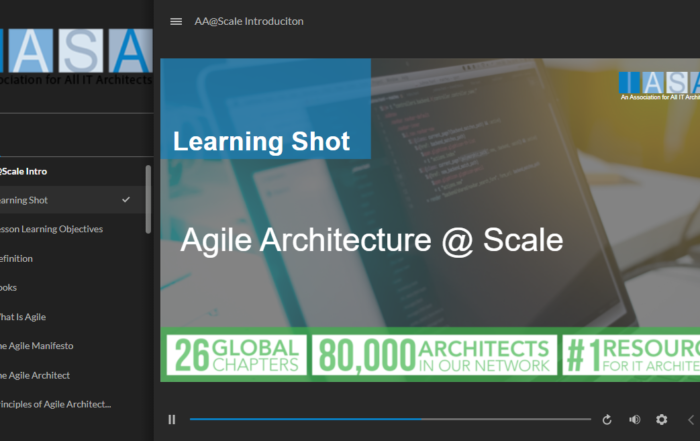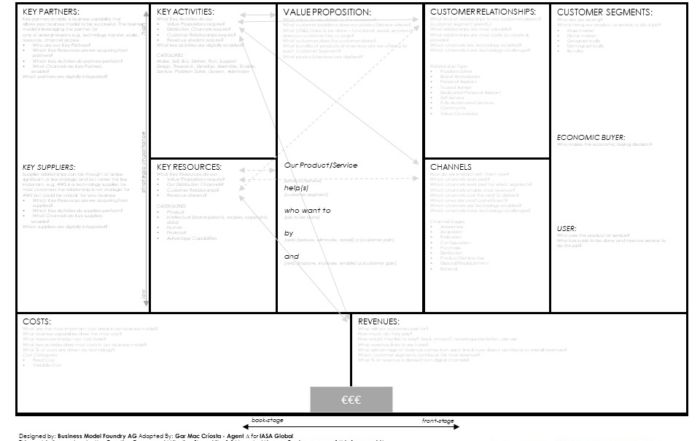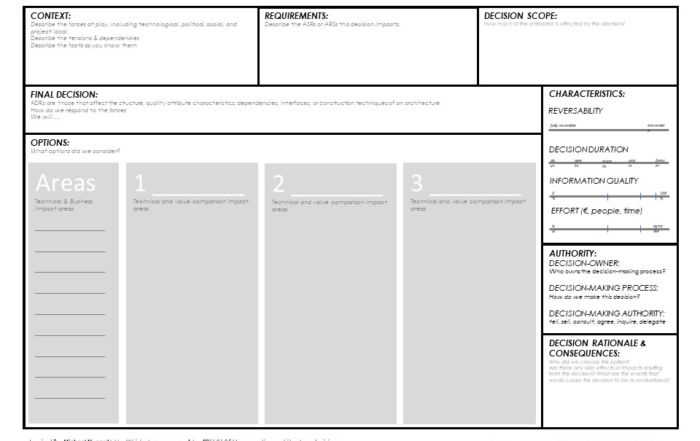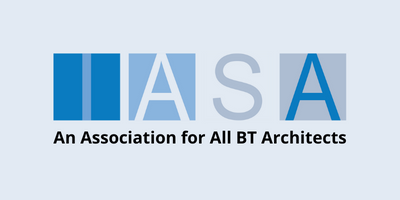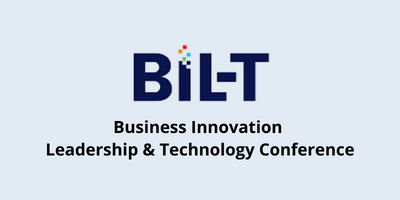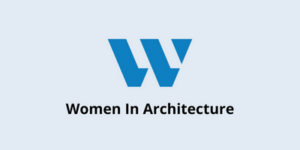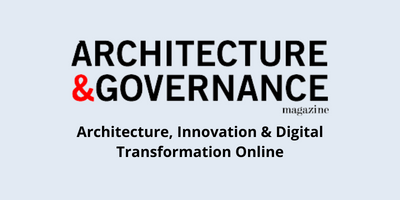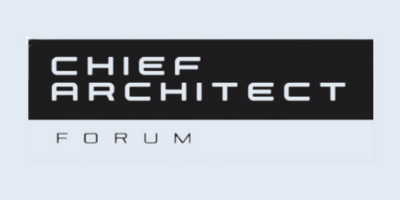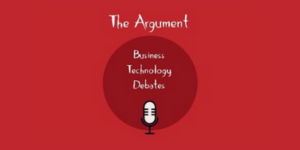Free Content
PESTLE Canvas
The PESTLE canvas provides and ecosystem view of the enterprise or an initiative.
Agile Team Designer
Product and project team assignments and structure are deeply important [...]
Ecosystem Map
An ecosystem can be viewed from many different perspectives, and each organization will have its own set of interests in the ecosystem.
Architecture Design
Architecture design requires deep understanding of requirements, options and decisions. In this LS we cover the relationship between them and the tools to best shape design.
Architecture Decisions
Understanding and tracing decisions is a critical competency for architects and a core responsibility for architecture teams.
Aggregator Pattern
The Aggregator Pattern provides a way for a client to obtain combinations of data from each microservice of a microservice-based application. However it is not exactly the same as an API Gateway.
API Gateway Pattern
The API Gateway Pattern provides a way for a client to obtain combinations of data from each microservice of a microservice-based application.
Ecosystem Map Canvas
An ecosystem can be viewed from many different perspectives, and each organization will have its own set of interests in the ecosystem. Therefore, the model used for analyzing the ecosystem is flexible and can be used with different types of organizations, and different types of customers. The Ecosystem Map Canvas shows an ecosystem, rather like a universe of different parties organized around a particular Subject.
Proxy Pattern
Problem Statement When upgrading from a monolithic architecture to a [...]
Factory Method Pattern
The Factory Method pattern is extremely useful when a class [...]
Advanced Engagement Models
Building an engagement model is the most important element for success for an architecture practice.
Scope and Context
Scope and context define not only roles but decision levels and rigor. It is an essential part in the objective development of an architecture.
Presenting Effectively
Learning to present as an architect is as important as any design or technology skill. This module will help you improve your stakeholder outcomes and presentation skills.
Engagement Models Introduction
An introduction to different types and elements of building an effective engagement model.
Westrum Culture Diagnostic
The WCD helps teams and organizations understand the culture they are working within to better understand their engagement model.
Viewpoint Template Card
The viewpoint template card is used to describe a viewpoint used by an architecture practice.
Value Stream Details Canvas
The values stream detail canvas is a tool used to understand and design the support for value stream capabilities, the teams working on it and the technology to support the value stream.
Value Stream Canvas
The value stream canvas is used to understand where value is created in an organization driven from customers through control, suppliers and operations.
Transition Roadmap Canvas
The transition roadmap canvas helps to define the major changes which are needed to transform the business to a state which will meet the vision.
Three Horizon Canvas
he three horizons canvas is a facilitation tool to allow a practice or group to determine on which of the horizons initiatives fall into based on their impact and investment requirements.
Technical Loan Request Card
The technical loan request combines the concept of Technical Debt with a repayment schedule in work days, payment, or other means and allows the architect to ensure technical debt is both deliberate and prudent.
Strategy Scorecard Canvas
The strategy scorecard is a combination of the strategy map and the balanced scorecard. It is used to link initiatives to strategic objectives.
Strategic Roadmap Canvas
The strategic roadmap canvas provides a description of a portfolio or top level strategic view of a set of initiatives, produce/projects or activities. It can be combined.with strategy scorecards and other Strategy tools to define a direction and set of objectives.
Stakeholder Motivation Canvas
Stakeholder motivation helps in understanding the status of stakeholders in respect of a particular set of proposed changes. This can be used to understand how stakeholders position themselves in relation to a portfolio of assignments but it can also be used to assess how stakeholders will react to proposed changes in the architecture, and assess if these changes are feasible.
Stakeholder Initiative Canvas
nvas is useful in determining prioritization of products and projects according a particular stakeholder or a stakeholder group against the initiatives measured value outcomes.
Service Landscape Canvas
When delivering many services within a large organization, services have to be placed within some sort of organizational structure, otherwise it would be difficult to know who owns the service, where services can be found and how to get access to services. The description of how services are organized is the service landscape. The service landscape is rather like a map for services and contains number of service domains, where a service domain is a logical grouping of services.
Service Interface Design Canvas
The service interface design canvas fully describes the elements needed to describe a product, service or API delivered by a team.
Service Domain Canvas
Service Domain Canvas
Service Contract Canvas
Service Contract Canvas
Risk and Cost Card
The Risk and Cost Card allows the evaluation of risk or costs as well as the relationship between a risk and possible costs. It can be used to catalog either risks alone, costs alone, or risk/cost combinations.
Release Roadmap Canvas
Release Roadmap Canvas
Product Roadmap Canvas
Product Roadmap Canvas
Stakeholder Analysis: Power – Interest Grid
Stakeholder Analysis: Power - Interest Grid
Persona Card
Persona Card
OKR Card
OKR Card
Mission Vision Card
Mission Vision Card
Development Value Stream Canvas
Development Value Stream Canvas
Modern Architecture Landscape Three Card
Modern Architecture Landscape Three Card
Modern Architecture Landscape Two Card
Modern Architecture Landscape Two Card
Market Segmentation Canvas
Market Segmentation Canvas
JTBD Forces
JTBD Forces
Journey Stage Canvas
Journey Stage Canvas
Impact Effort Assessment Card
Impact Effort Assessment Card
Experiment Card
problem/opportunity and options evaluated as well as the possible experiment and methodology used to test the hypothesis.
Envisioning Canvas
Envisioning Canvas
Doability Canvas
Doability Canvas
Demand Signal Card
Demand Signal Card
Decision Bias Calibrator (2 of 2)
Decision Bias Calibrator (2 of 2)
Customer Journey Map
Customer Journey Map
Course Change Card
Course Change Card
Context View Card
Context View Card
Communication Strategy
Communication Strategy
Canvas Flow Map
Canvas Flow Map
Lean Business Case: NABC Card
The Business Case has many names and uses. However, it primarily provides the details of a certain amount of work and it's expected benefits and costs. The BTABoK uses the NABC template (Need, Approach, Benefits, Considerations) as a Lean Business Case template which can be seen on a single page. It may still be necessary to use a larger document which will be added as another 'canvas' to the BTABoK though it will be in document formats.
Business Capability Canvas
Business Capability Canvas
Blue Ocean Canvas
Blue Ocean Canvas
Benefits Realization View Canvas
Benefits Realization View Canvas
Benefit Dependency Network Canvas
Benefit Dependency Network Canvas
Architecturally Significant Requirements Card
The ASR Card is a tool to define an architecturally significant requirement.
ARS Card
ARS Card
Architecture Pains and Gains Canvas
Architecture Pains and Gains Canvas
Architecture Hypothesis Card
The hypothesis card is used to brainstorm hypothesis development in experimentation.
Architecture Definition Canvas
Architecture Definition Canvas
Architect Team Goals Canvas
Architect Team Goals Canvas
Architect Stakeholder Card
Architect Stakeholder Card
Architect Stakeholder Canvas
Architect Stakeholder Canvas
Architects Process Engagement Canvas
Architects Process Engagement Canvas
Architects Engagement Touchpoints
Architects Engagement Touchpoints
Architect Skills GAP Analysis
Architect Skills GAP Analysis
Architect Organization Capability Canvas
Architect Organization Capability Canvas
Architect Ethical Principles
Architect Ethical Principles
Architect – Do/Document – Week in the Life
Architect - Do/Document - Week in the Life
Agile Enterprise Impact Canvas
Agile Enterprise Impact Canvas
IT Governance Introduction
Provides a brief introduction to IT Governance and its history. Useful to begin learning about governance issues.
Architects Roadmap Canvas
The architects roadmap is used to prioritize, assign and connect multiple initiatives within a value stream. It is essential to align deliveries and opportunities within the architect practice and across large teams.
Layered Roadmap Canvas
The layered roadmap provides a tool for understanding the business capability changes, technology services and stakeholder changes rolling out over time.
QAT Card
The quality attribute card
SCARF Stakeholder Assessment
The SCARF Stakeholder Assessment allows the understanding of how a change, project or other initiative will impact a stakeholder from their point of view.
Stakeholder Engagement Map Card
The stakeholder empathy map is one of the most useful tools in the stakeholder cards and canvases as it allows a deep dive into stakeholder motivations, communication styles, empathy tools, metrics and communication preferences.
Stakeholder Management Plan
The stakeholder management plan provides the list of groups and individuals that impact any initiative and forms the core of the stakeholder templates, cards and canvases.
Decision Bias Calibrator (1 of 2)
The bias calibrator helps architects determine whether cognitive bias is impacting their decisions.
Technology Tracker Card
The technology tracker helps architects evaluate a new technology tracker for impacts on their environment.
Modern Architecture Landscape One Card
The modern architecture landscape describes technology types and impact areas for architecture decisions.
Architecture Decision Cascade Card
The decision cascade card looks for downstream impacts from a technology decision.
Objective Key Results
OKRs allow the architect to understand and set the objectives the organization is trying to achieve.
Benefit Card
Benefit Card
Capability Card
The capability card provides a capability analysis tool for understanding a business capability and its measurements.
Service Blueprint Canvas
Service Blueprint Canvas
Security Quality Attribute
Security is the defense of a system.
Quality Attributes
“Perfection is achieved, not when there is nothing more to [...]
Agile Architecture @ Scale
Scaling agility may very well depend on the ability to integrate architecture excellence into the project.
Business Model Canvas
The BMC provides a business model on a page used for architecture and innovation.
Architecture Decision Record
The ADR provides a decision management tool for discrete decisions for traceability to ASR and usage.

